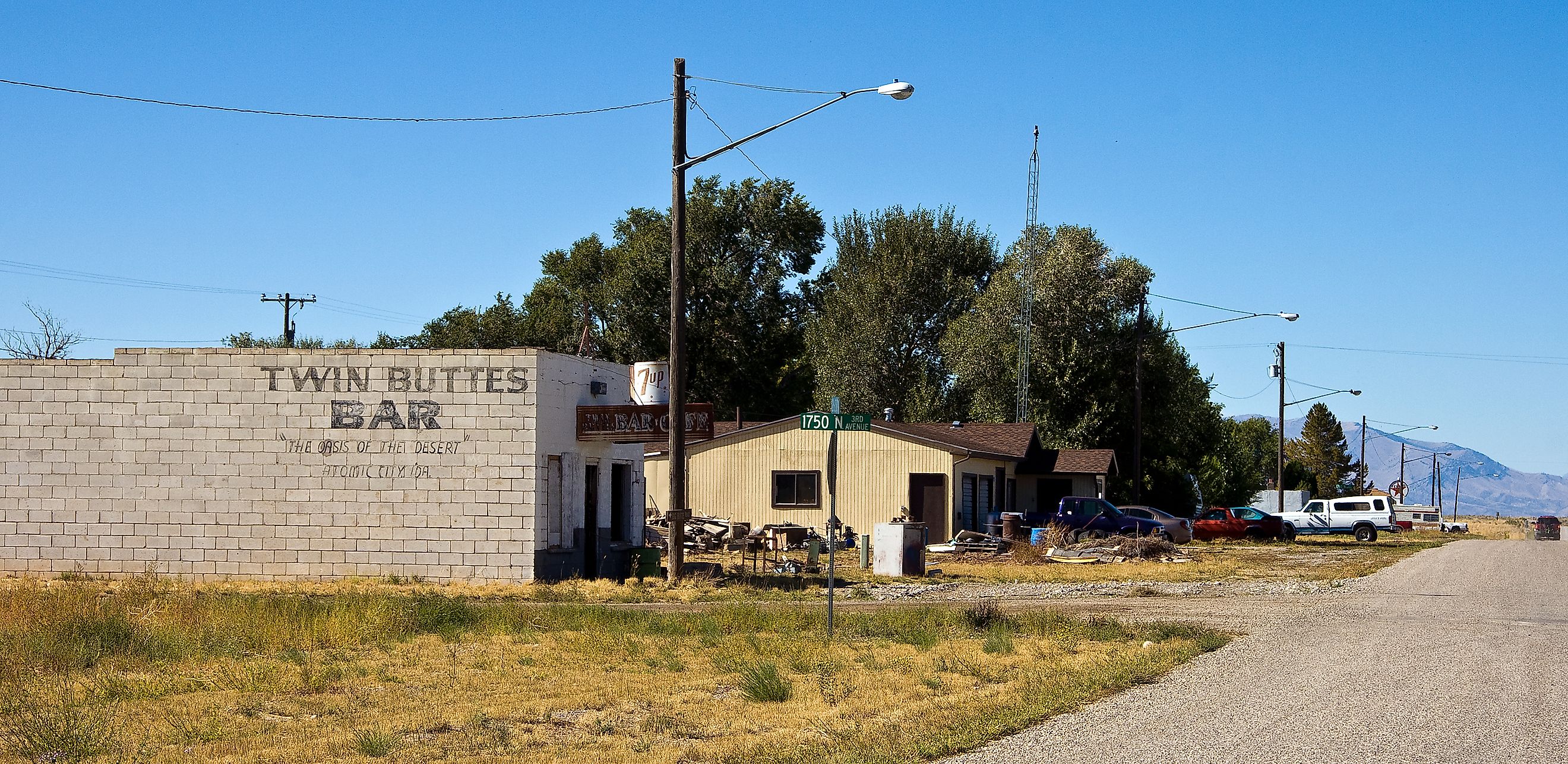
Atomic City, America's Forgotten Nuclear Town
Most people are familiar with the Chernobyl nuclear disaster in 1986. While this is considered history's worst nuclear power plant explosion, it is not the first. The world's first fatal power plant explosion actually happened in the United States in a modern-day ghost town near Idaho Falls. The town was a booming city filled with the promise of the Atomic Age and was an up-and-coming place to start a family in the 50s. However, a fatal incident with a power plant reactor was the city's downfall. Today, Idaho Falls is the fourth most populous city in Idaho. However, the nearby Atomic City is nothing but a ghost town and a hot spot for adventurous tourists. This article will explore the events leading up to the fatal incident of “Atomic City.”
Where is Atomic City, Idaho
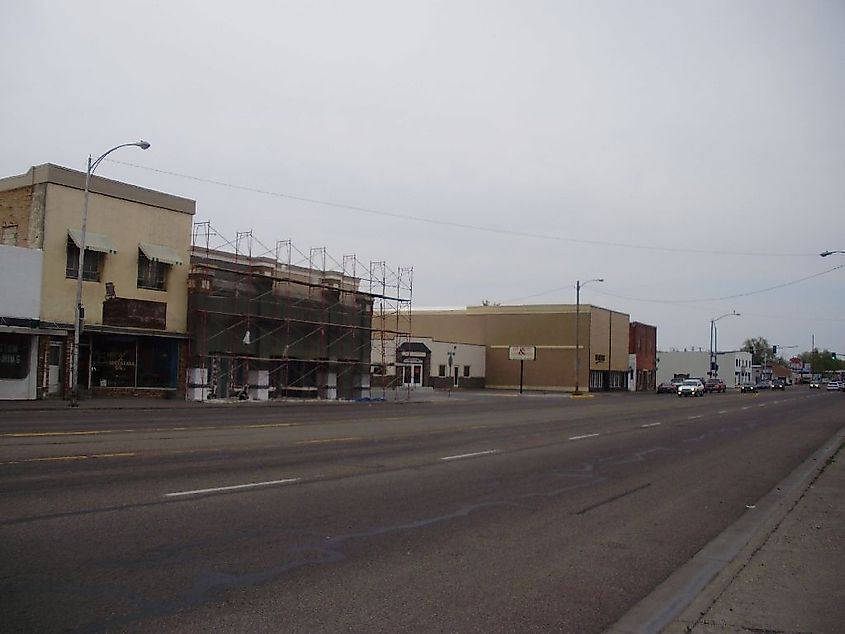
Atomic City is located in southeastern Idaho and is an easy place to miss. The abandoned city is overshadowed by its nearby natural landmarks, such as scenic waterfalls and the Craters Of The Moon National Park. This park tends to draw many eyes thanks to its unique landscape of lava flows, cinder cones, and caves. As for the town itself, the population around the area is small, as most people fled the area after the nuclear incident. Today, there are many big open spaces with abandoned buildings scattered throughout. Thus, it is safe to say that Atomic City is a shell of its former self with old houses, a solitary store, and the Atomic City Raceway. Thankfully, nearby areas have managed to recoup, and the nearby Idaho Falls is the fourth most populous city in Idaho.
A Little Bit of History
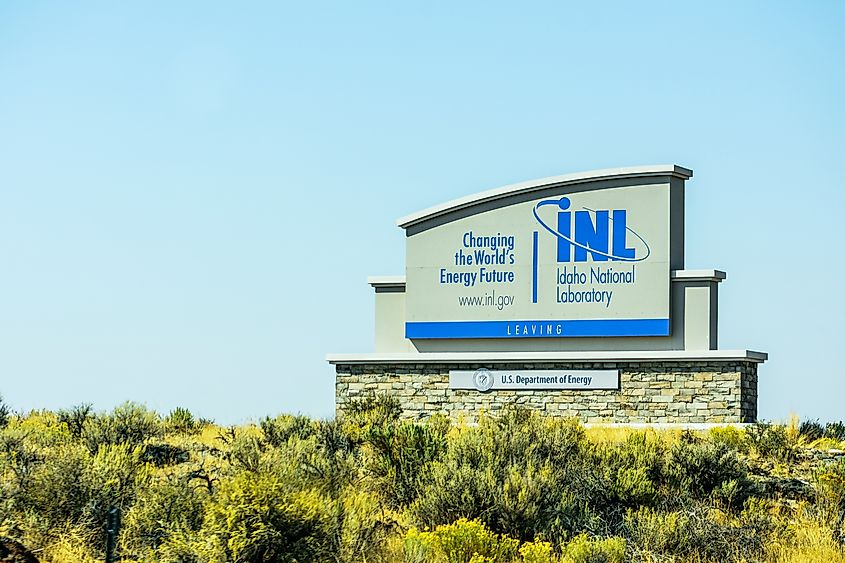
As many would expect, Atomic City wasn't always a ghost town. The city was originally called Midway and was halfway between Arco and Blackfoot. Post-war life in the town became thrilling with the atomic age as the nearby Idaho National Laboratory, an important lab involved with nuclear research, was built nearby in 1949. This 890 square mile (2,310 sq. km.) facility attracted people looking to start a family and work in the advanced field of nuclear research. Shortly after this, the Atomic Energy Commission built the Experimental Breeder Reactor 1 just 15 miles northwest of Midway (Atomic City) in the town of Arco. This was the world’s first breeder reactor and a major step forward in nuclear research, promoting tons of jobs and growth in the region. That said, while many people considered this a success for the city of Idaho Falls and Midway, not everyone wanted the power plant in their backyard.
The Power Plant
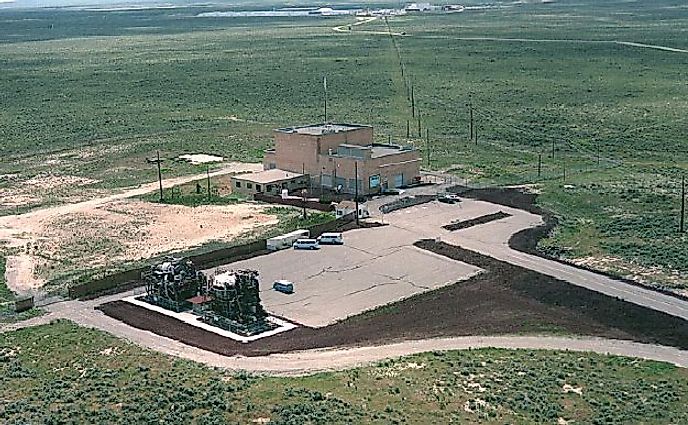
The Experimental Breeder Reactor 1 in Arco was one of the world’s first electricity-generating nuclear power plants, marking a major advancement in technology. Thus, this facility paved the way for nuclear facilities, and soon after, in the late 1950s, the SL 1 was constructed near the town of Atomic City. However, some people feared the plant would bring a huge influx and population or make the city a target for air attacks in a future war. There were also health and environmental concerns, as many knew of the dangers of nuclear bombs.
In time, some of these predictions and concerns came true. The power plant did bring an influx of people to many towns in the area. For example, between 1950 and 1960, the population of Idaho Falls grew from 19,218 to 33,161. New neighborhoods popped up left, right, and center, transforming the local landscape.
The Partial Meltdown in Arco
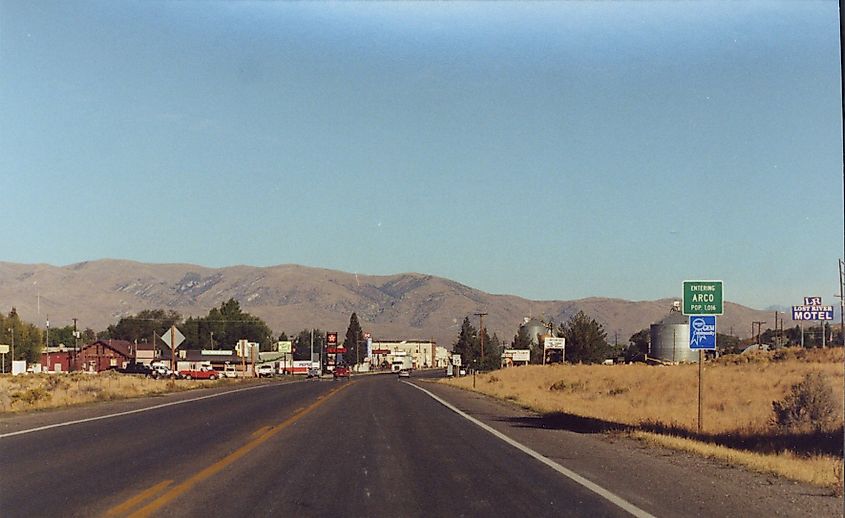
The Experimental Breeder Reactor 1 (EBR-1) in Arco, Idaho, demonstrated that nuclear energy could produce electricity, making Arco the first city lit by atomic energy. The city was powered by nuclear energy for one hour on July 17, 1955. However, progress was hindered by a partial meltdown on November 29, 1955. This incident occurred during a coolant flow test and resulted in the silent melting of the reactor core. It required an immediate evacuation of the building, and technicians and workers quickly fled to escape potential radiation exposure. Many locals were scared off by the incident, choosing to leave the city.
Despite this, the reactor was not decommissioned. The U.S. government continued to use the EBR-1 for research and provided jobs related to the reactor. This was not the last nuclear incident near Atomic City, Idaho; another notable incident occurred later at the nearby Idaho National Laboratory.
The Fatal Incident
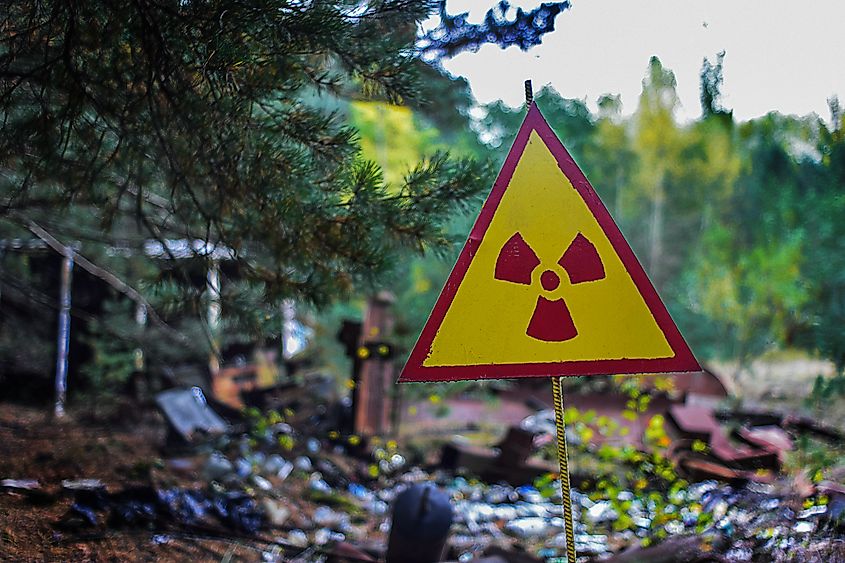
Six years after the incident with the Breeder Reactor in Arco, a fatal event occurred near Atomic City, closer than before—less than 5 miles from the city. On January 3, 1961, the SL-1 reactor experienced a catastrophic accident. The reactor had been shut down for routine maintenance, and an unfamiliar crew was handling the task since the main crew was away for the holidays. This left a small military crew of three men on duty. One crew member made a critical mistake while turning on the reactor, leading to a steam explosion. The explosion caused the reactor to jump nine feet into the air, exposing the crew to massive amounts of radiation. One member died instantly, while the other two succumbed to radiation exposure and injuries.
The radiation levels were so high that the remains of the crew members had to be buried with other nuclear waste. The families were allowed to keep parts of their loved ones' remains as long as they buried them in lead-lined caskets to contain the potential radiation.
During the cleanup, hundreds of people were exposed to radiation, effectively shutting down the area. The once-booming Midway became a ghost town. However, a positive outcome of the incident was the introduction of new nuclear energy safety measures. Future reactor designs were improved, and most reactors in the area were shut down, leaving only three active reactors at the power plant.
Where is the City Today?
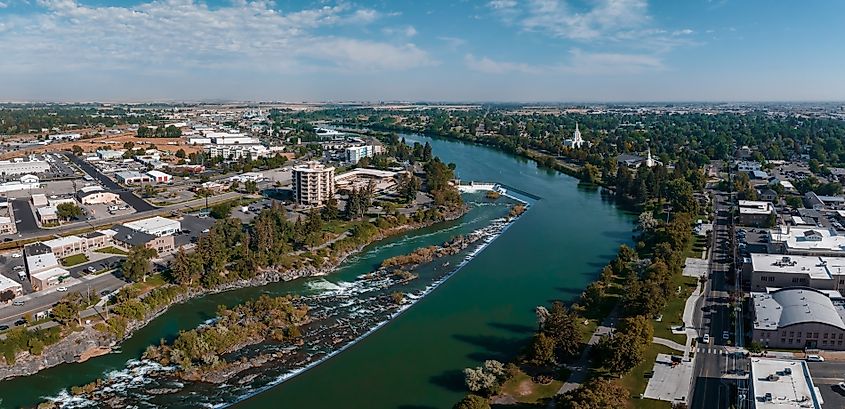
Although Midway was a dangerous place when the incident first happened, experts say the area is safe today. Still, few people are willing to live in the ghost town and instead, the area has become a tourist hotspot. One of the most popular activities in the area is ghost tours of the abandoned town, where visitors can see the remains of the once-thriving community. Nearby, the town of Idaho Falls has managed to maintain its booming growth and is now one of the most populous in the state, home to over 50,000 residents. Today, the city boasts a large college, many museums, and even a minor-league baseball team. Nearby natural landmarks have also coped well with the disaster, and there is also a lot of good hiking around Atomic Falls, including the North Crater trail and the Volcanic Badlands Loop.
Wrapping Up
Whether you want to pay a visit to the ghost town or not will depend on your risk tolerance. The ghost town serves as a reminder of the potential for tragedy with dangerous facilities like nuclear power plants. This really shows the importance of having good safety measures in place. Fatal incidents like the one that happened in Atomic City have encouraged us to put more safety measures in place to prevent the same tragedy from happening again. However, with nuclear power plants, there is always a risk; incidents like Chernobyl and Fukushima show us that there is always room for more when it comes to safety.











